The digital asset market is rapidly maturing: random trends are disappearing, making way for stable, technologically strong solutions to take the lead. In conditions of high competition and rapid shifts in sentiment, it is especially important to understand which coins are maintaining their positions and setting the direction for the entire industry. In this material, we will look at the top 5 cryptocurrencies – assets that are currently shaping the core of the crypto economy and serving as a benchmark for both private investors and institutional players.
Top 5 Best Cryptocurrencies Today

The cryptocurrency market in 2025 has become a mature ecosystem where value is determined not by hype, but by stability, technology, and real-world application. In the face of volatility and growing interest from institutions, key players stand out. Today, the top 5 cryptocurrencies are assets with a proven reputation, high market capitalization, and strategic influence on the market. They set the pace for the entire digital economy and form the basis for next-generation investments.
Bitcoin – the Foundation of Digital Gold
BTC’s position remains undisputed: $106,892.11 as of June 2025, a quarterly growth of 18%. The total market capitalization of cryptocurrencies led by BTC is $2.1 trillion. The trading volume is $53 billion per day. The network hash rate has reached 600 EH/s, which is 5 times higher than the 2020 figure. Today, Bitcoin holds the leading position in the top ranks due to its stability, high liquidity, and growing number of holders – over 46 million unique addresses.
Regular protocol updates, emission reduction, and a renewed wave of institutional purchases strengthen the long-term token forecast. Each new rally confirms that BTC remains the market anchor.
Ethereum – the Engine of Smart Contracts
Today, ETH confidently holds the second position in the top 5 cryptocurrencies. The price of Ether fluctuates in the range of $3,600–3,800, with a market capitalization of $311 billion. Ethereum continues to evolve: after transitioning to Proof-of-Stake, energy consumption has decreased by 99.5%, and the number of active validators has exceeded 980,000.
Ethereum provides the foundation for 74% of DeFi protocols. Among them are Uniswap, MakerDAO, Lido. Ethereum remains the core of the Web3 ecosystem, serving NFTs, tokens, and digital trading. Second-layer solutions such as zkSync, Optimism, Arbitrum enhance scalability. TVL (total value locked) growth – $28 billion.
Tether – the Anchor of Stability
Today, USDT ranks in the top 5 cryptocurrencies, acting as a bridge between fiat and digital assets. The daily turnover of USDT is $87 billion, with a market capitalization of $155 billion. USDT provides stability during market volatility. Its price often fluctuates against the backdrop of unstable macroeconomics, yet Tether remains a anchor for traders in this chaos.
Integration of USDT into blockchains like Avalanche, Tron, and Ethereum strengthens its position as a leading stablecoin. 66% of all cryptocurrency trades involve Tether, making it a key indicator of exchange dynamics.
XRP – the Transaction Accelerator
RippleNet technology has increased the speed of international transfers to 3–5 seconds at a cost of less than $0.01. XRP is currently among the top 5 cryptocurrencies, offering a unique advantage in cross-border payments. The price is $2.24, with a market capitalization of $131 billion. The percentage of XRP usage in institutional platforms has increased by 11% in six months.
XRP serves over 55 financial institutions, including SBI, Santander, PNC. Partnership with the governments of South Korea and the UAE in designing central bank digital currencies (CBDCs) plays a significant role. Crypto news sources note the growing involvement of XRP in automated trading.
BNB – Ecosystem on Steroids
Binance Coin has secured a strong position in the top ranks, evolving from an exchange asset into a full-fledged ecosystem. The price is $656, with a market capitalization of $92 billion. BNB is used for paying fees, participating in launchpads, and staking. Binance Smart Chain processes over 3.2 million transactions daily – more than Ethereum and Solana combined.
Regular token burns significantly reduce BNB supply, limiting inflation. In 2024, Binance conducted its 25th burn, removing tokens worth $675 million from the market. BNB is actively used in GameFi, Metaverse, and AI infrastructures, creating sustainable demand.
Choosing a Cryptocurrency for Investments
Analyzing digital assets requires more than just reading headlines. The key to a sensible purchase is evaluating fundamental and market parameters.
Detailed criteria for selection include:
- Market capitalization and trading volume – high figures indicate liquidity.
- Project transparency – open documentation, code, and a team without anonymity.
- Applicability – real token usage in DeFi, NFTs, gaming, or business.
- Technological foundation – blockchain updates, scalability, Layer 2 support.
- Partnerships and institutional connections – major partners ensure stable demand.
- Growth dynamics – stable positive price and user base dynamics.
- Risks – regulation, vulnerabilities, token concentration in the hands of major players.

Evaluating these parameters helps build a resilient portfolio and minimize losses in market turbulence. When investing in virtual currency, it is important to rely on facts rather than emotional background or short-term trends.
Top 5 Cryptocurrencies Today: Key Points
The current top 5 cryptocurrencies are united by maturity, not hype. These assets not only demonstrate stable growth but also form reference points for institutional investments in digital assets. When choosing, it is worth studying architecture and growth prospects, not memes and trends.

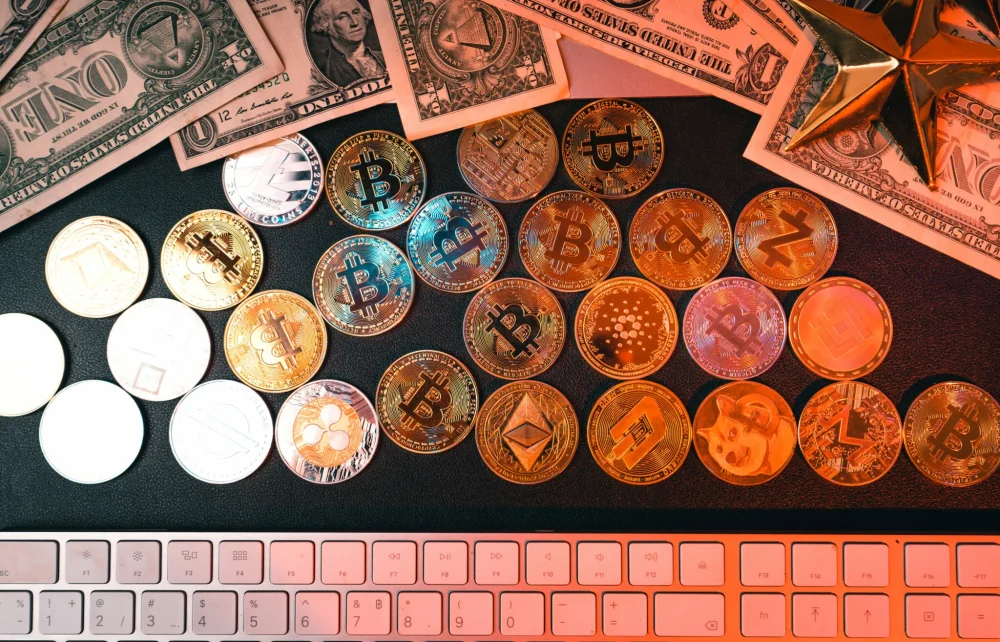


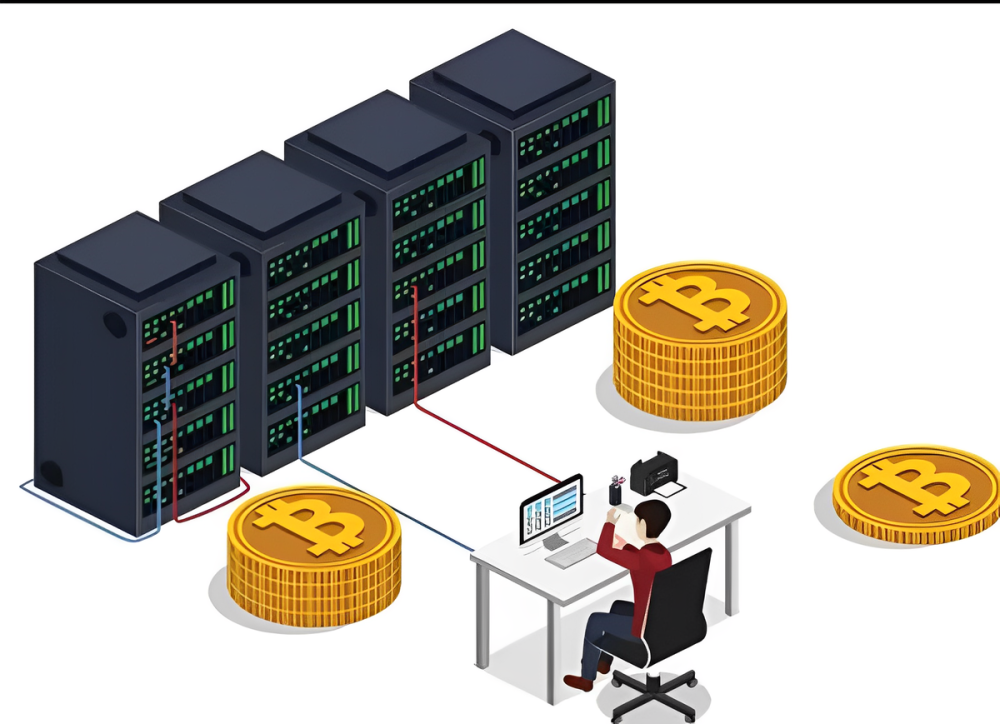




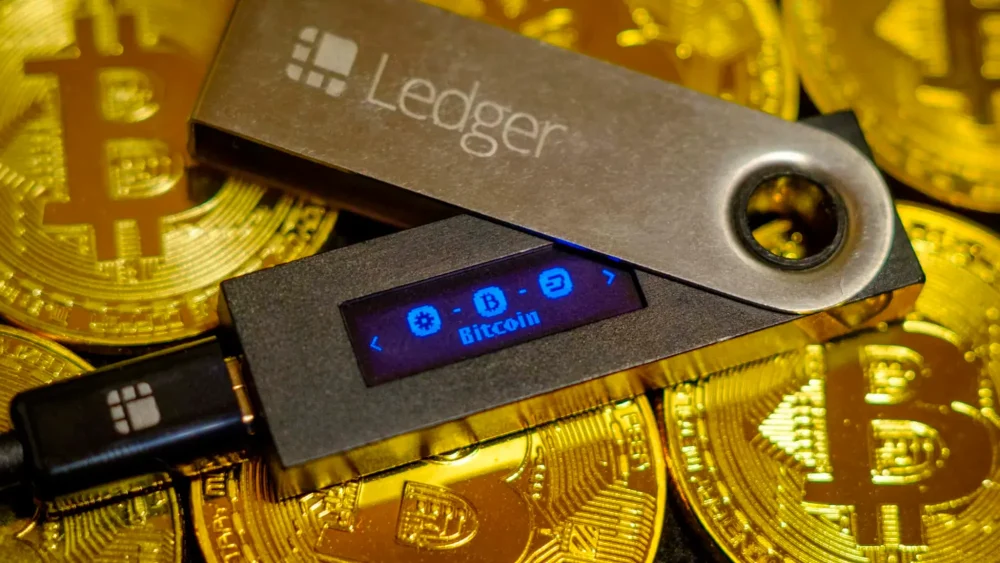


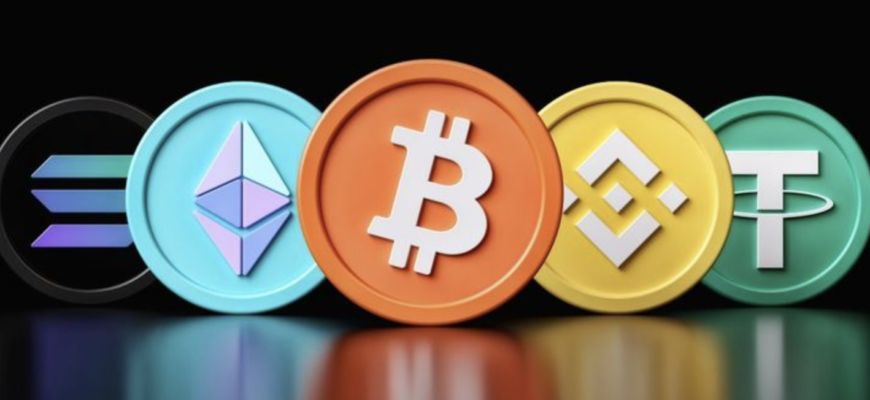

 The 2024 halving ended with the reward being reduced to 3.125 BTC, but at the current stage it no longer has a key influence. Market dynamics have shifted towards institutional accumulation, ETF inflows and the general trend towards asset digitalization. The Bitcoin price forecast until the end of 2025 is based on aggregate demand factors, and not on the emission limitation. The medium-term trend is strengthening if the growth of interest from pension funds and public companies continues.
The 2024 halving ended with the reward being reduced to 3.125 BTC, but at the current stage it no longer has a key influence. Market dynamics have shifted towards institutional accumulation, ETF inflows and the general trend towards asset digitalization. The Bitcoin price forecast until the end of 2025 is based on aggregate demand factors, and not on the emission limitation. The medium-term trend is strengthening if the growth of interest from pension funds and public companies continues.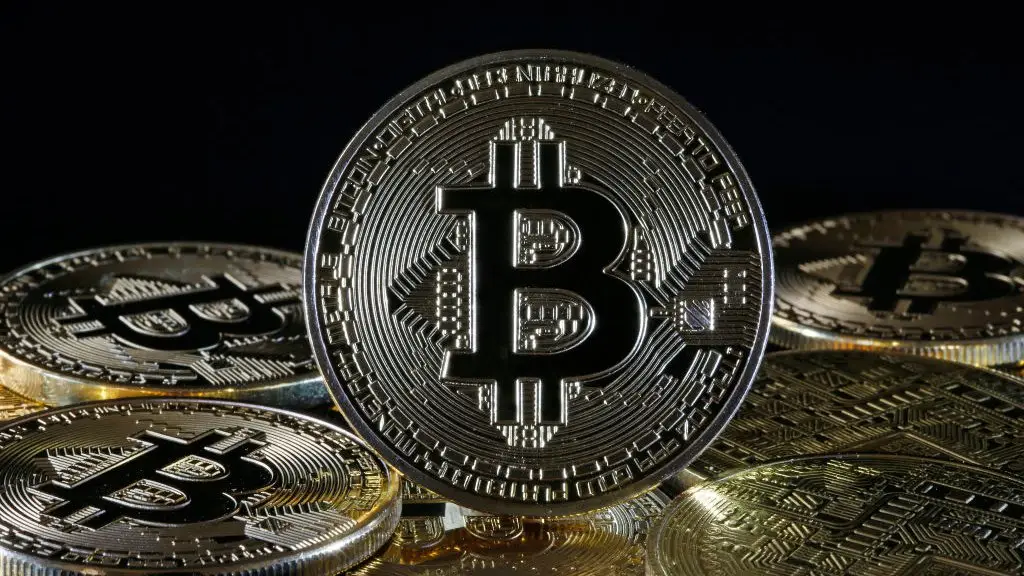 Bitcoin price forecasting is based on real processes, including halving, institutional interest, technological development, and global regulation. The analysis shows that the token is demonstrating exponential rather than cyclical growth. The long-term forecast takes into account not only financial parameters but also the transformation in the architecture of the global economy. Network stability, supply shortages, integration into institutional instruments, and growing confidence continue to form a powerful upward trend.
Bitcoin price forecasting is based on real processes, including halving, institutional interest, technological development, and global regulation. The analysis shows that the token is demonstrating exponential rather than cyclical growth. The long-term forecast takes into account not only financial parameters but also the transformation in the architecture of the global economy. Network stability, supply shortages, integration into institutional instruments, and growing confidence continue to form a powerful upward trend.
 Bank transfers, clearing, settlement, and insurance are processes that can be automated. Blockchain technologies in the financial sector allow transactions to be verified instantly, eliminate the need for intermediaries, and reduce settlement time. The average time for an interbank transfer is reduced from two days to three minutes. Settlement between countries is possible without a single currency and without dependence on exchange rates.
Bank transfers, clearing, settlement, and insurance are processes that can be automated. Blockchain technologies in the financial sector allow transactions to be verified instantly, eliminate the need for intermediaries, and reduce settlement time. The average time for an interbank transfer is reduced from two days to three minutes. Settlement between countries is possible without a single currency and without dependence on exchange rates. Digital progress is irreversible. The areas of application for blockchain technology continue to expand, replacing obsolete mechanisms. At the same time, the main emphasis is shifting from the exotic to the practical. Transparency, security, speed, and automation are not slogans, but functional characteristics. Industries where the price of mistakes is measured in human lives, billions of dollars, and reputation are choosing decentralisation as a guarantee of accuracy. Blockchain is moving from a concept to a tool, from an experiment to a standard. The future of distributed systems is already here. It has already been integrated into the registry, included in the contract, and fixed in the block.
Digital progress is irreversible. The areas of application for blockchain technology continue to expand, replacing obsolete mechanisms. At the same time, the main emphasis is shifting from the exotic to the practical. Transparency, security, speed, and automation are not slogans, but functional characteristics. Industries where the price of mistakes is measured in human lives, billions of dollars, and reputation are choosing decentralisation as a guarantee of accuracy. Blockchain is moving from a concept to a tool, from an experiment to a standard. The future of distributed systems is already here. It has already been integrated into the registry, included in the contract, and fixed in the block.
 Ethereum has established itself among both technology enthusiasts and high-frequency traders. Its high performance, demand for the token in DeFi, and low decline in times of high volatility have made it the second most popular trading asset.
Ethereum has established itself among both technology enthusiasts and high-frequency traders. Its high performance, demand for the token in DeFi, and low decline in times of high volatility have made it the second most popular trading asset.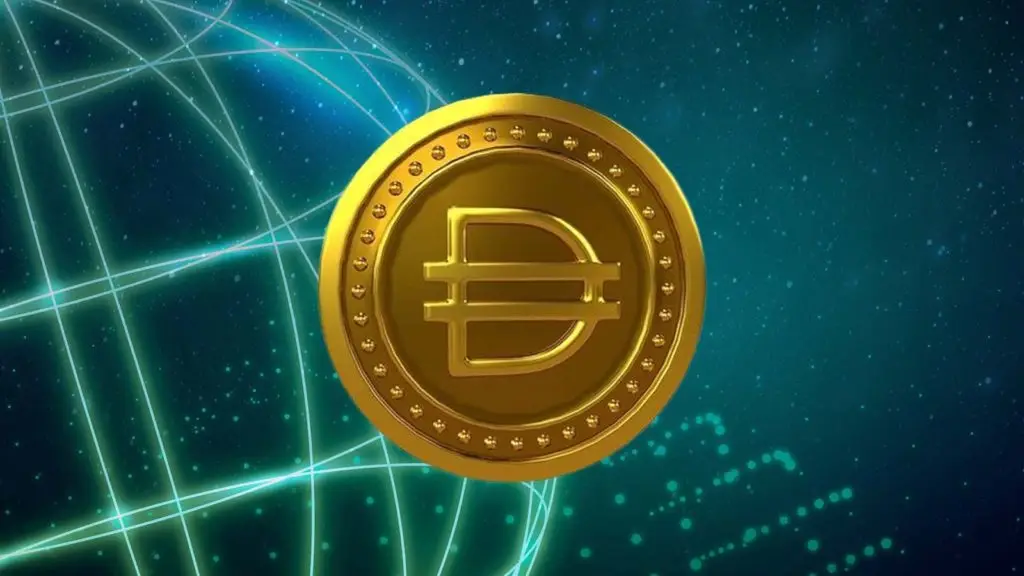 Focusing on the most traded cryptocurrencies increases the chances of a trading strategy being effective. An asset with high trading volume, low spread, and stable volatility allows you to manage risks, reduce commission costs, and react quickly to market impulses. Each instrument on the list has specific trading characteristics: from algorithmic speed to legal transparency, from the meme effect to banking depth. Success in trading does not begin with the trend, but with the precise choice of a liquid asset.
Focusing on the most traded cryptocurrencies increases the chances of a trading strategy being effective. An asset with high trading volume, low spread, and stable volatility allows you to manage risks, reduce commission costs, and react quickly to market impulses. Each instrument on the list has specific trading characteristics: from algorithmic speed to legal transparency, from the meme effect to banking depth. Success in trading does not begin with the trend, but with the precise choice of a liquid asset.
 A detailed analysis of specific services allows you to select the most promising projects that provide stable income and quick withdrawal of funds. Let us consider the most popular solutions:
A detailed analysis of specific services allows you to select the most promising projects that provide stable income and quick withdrawal of funds. Let us consider the most popular solutions: Competent use of cryptocurrency taps will help create an additional source of income in 2025. The use of complex strategies allows minimising operational risks, optimising withdrawal conditions and increasing investment efficiency. The investment strategy requires constant monitoring of market trends, adjustment of multiplier parameters and timely analysis of bonus systems.
Competent use of cryptocurrency taps will help create an additional source of income in 2025. The use of complex strategies allows minimising operational risks, optimising withdrawal conditions and increasing investment efficiency. The investment strategy requires constant monitoring of market trends, adjustment of multiplier parameters and timely analysis of bonus systems.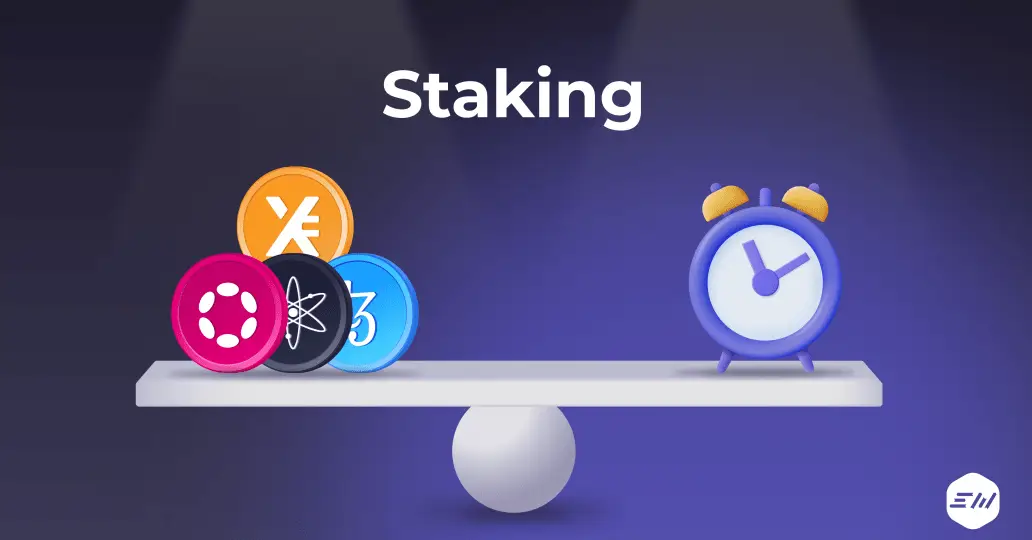
 There are several options for locking cryptocurrencies, each with its characteristics and suitable for different types of investors. The way to make money with cryptocurrency staking depends on the strategy and platform chosen.
There are several options for locking cryptocurrencies, each with its characteristics and suitable for different types of investors. The way to make money with cryptocurrency staking depends on the strategy and platform chosen. Making money with cryptocurrency staking isn’t just about choosing a coin and a platform to freeze your funds. This is a strategy that requires analyzing many factors: from the token’s profitability and liquidity to network and technology stability. Every investor should carefully approach the choice of cryptocurrency to stake in order to reduce risks and make a profit.
Making money with cryptocurrency staking isn’t just about choosing a coin and a platform to freeze your funds. This is a strategy that requires analyzing many factors: from the token’s profitability and liquidity to network and technology stability. Every investor should carefully approach the choice of cryptocurrency to stake in order to reduce risks and make a profit.